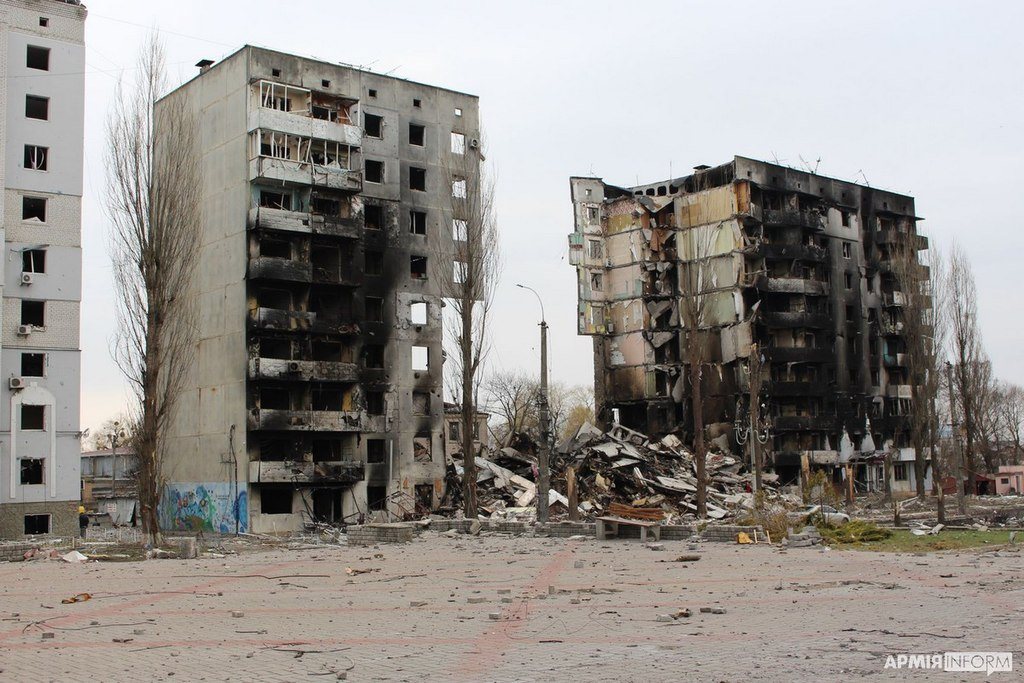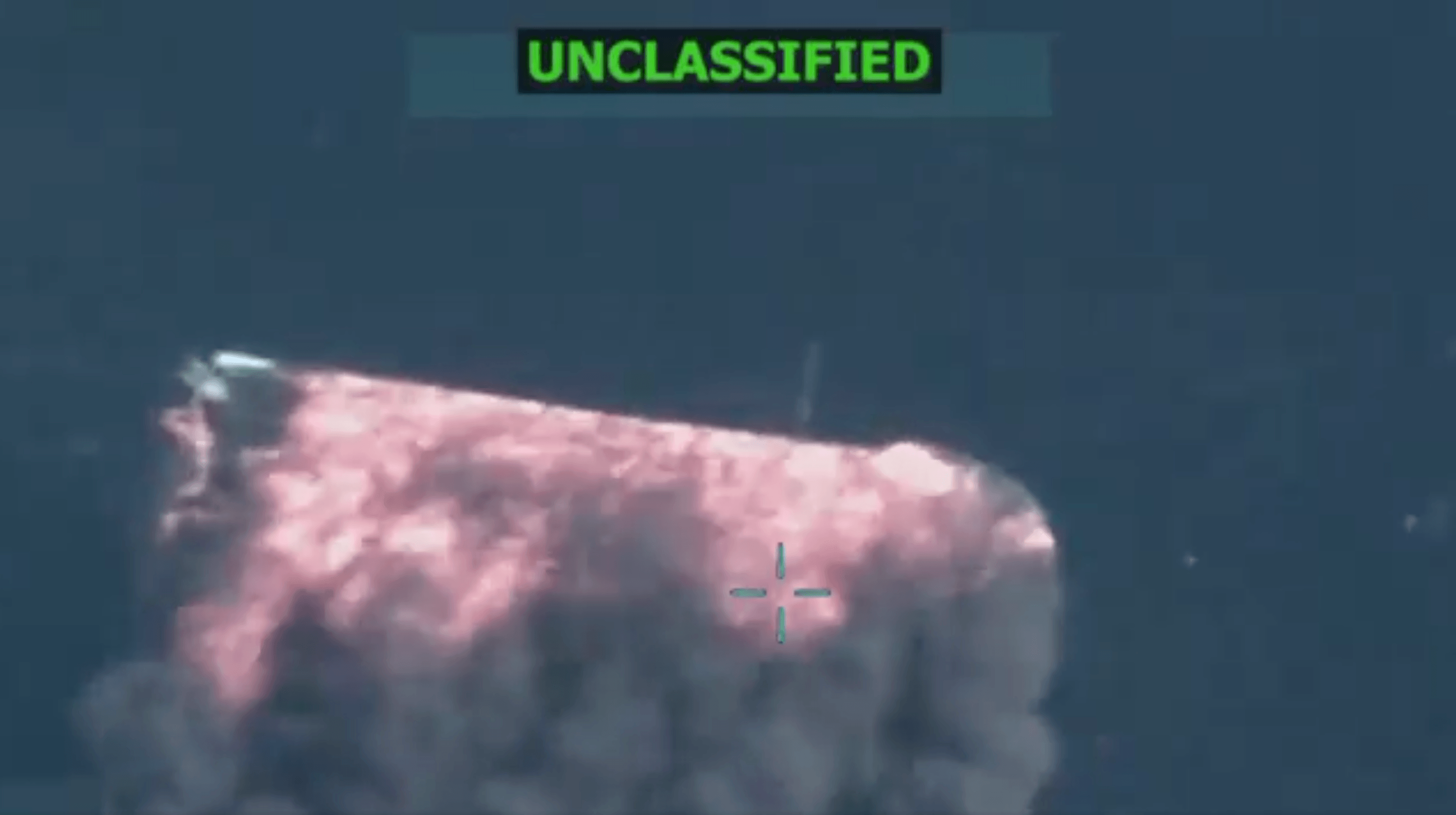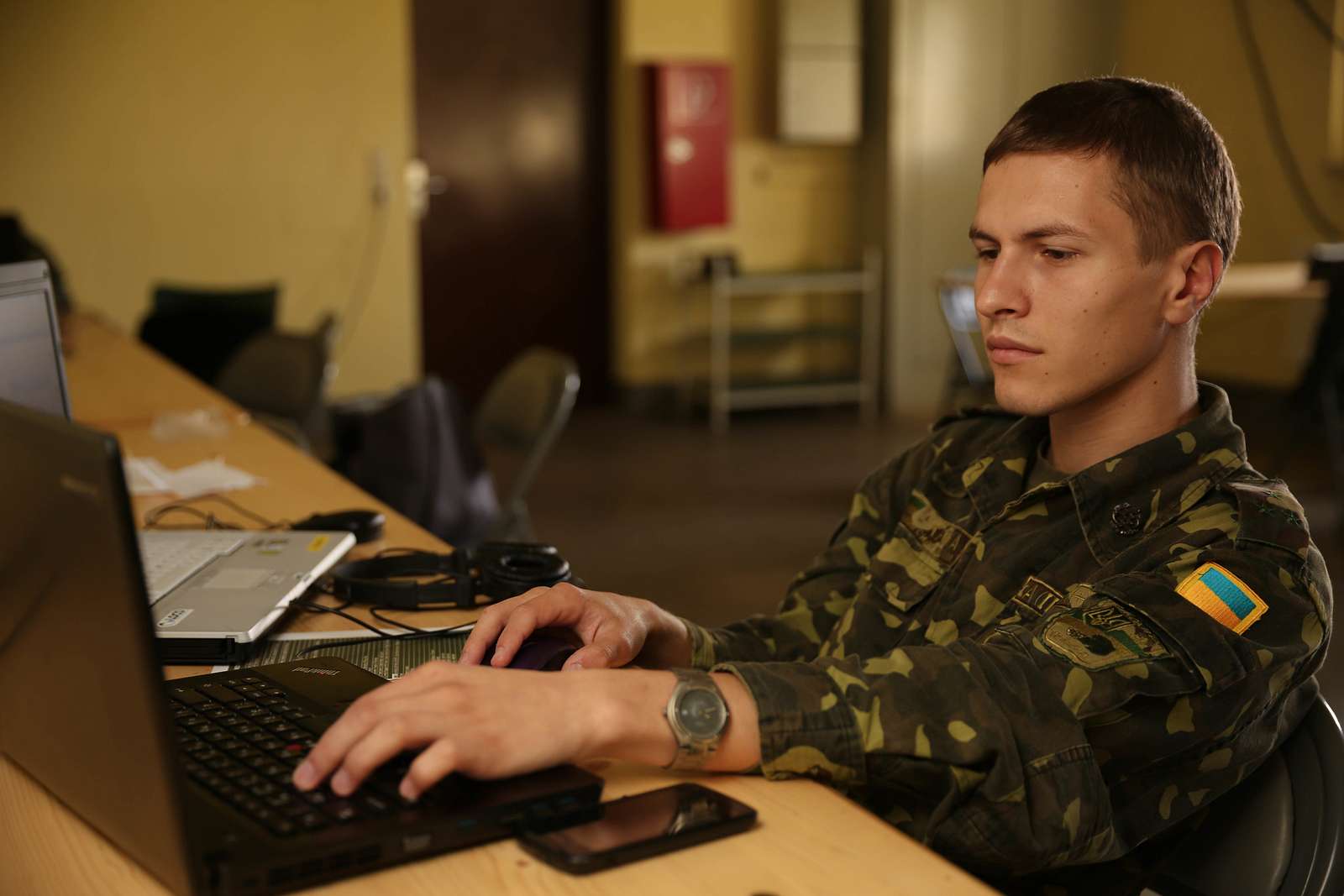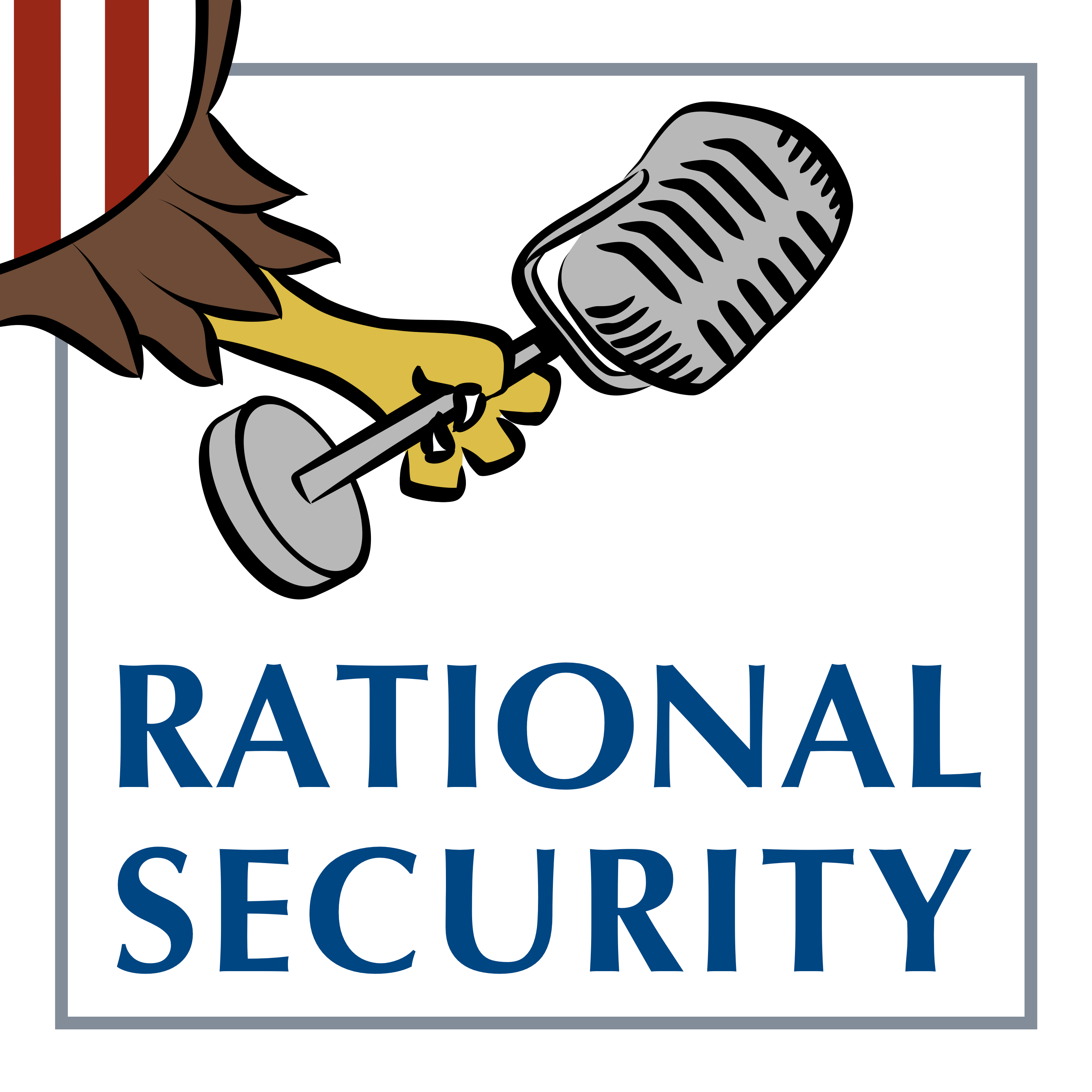Russia and China in the Gray Zone

Published by The Lawfare Institute
in Cooperation With

Over the past few weeks, Russia has engaged in unsafe and coercive tactics against NATO member states at levels European officials have described as “unprecedented” since the Cold War.
A number of European nations, including Poland, Estonia, Denmark, and Norway, have experienced Russian manned and unmanned aircraft incursions into their airspaces. NATO allies responded with immediate defensive measures such as shooting down the Russian unmanned assets and have also reportedly started to revisit and refine their own approach and rules of engagement in the face of such incursions. They are doing so to telegraph their resolve and showcase their combined capabilities to Russia in the face of what Polish Prime Minister Donald Tusk has characterized as “the closest we have been to open conflict since World War Two.”
Though Russia has a long history of gradually pushing the envelope to achieve its aims, its recent activities are similar to the recent Chinese playbook on incrementally increasing pressure on Taiwan. To be sure, these two campaigns have significant differences (for example, while Moscow’s most recent activities have thus far been limited to air incursions, Beijing’s have also spanned the maritime domain). Russia’s recent activities have also been more ad hoc, and limited in their breadth and depth, while China’s have been sustained for several years, and gradually grown in scope, intensity, occurrence, and complexity. More fundamentally, China’s campaign should be understood in the context of its wish to reunify with Taiwan, which is not the case with Russia’s activities against NATO. But they share a number of similarities and are occurring against the backdrop of increased cooperation between the two countries in their “gray-zone campaigns,” a term used by the intelligence community to describe the “deliberate use of coercive or subversive instruments of power by, or on behalf of, a state to achieve its political or security goals at the expense of others, in ways that exceed or exploit gaps in international norms but are intended to remain below the perceived threshold for direct armed conflict.” Such cooperation has implications for NATO in Europe as well as U.S. allies and partners in the Indo-Pacific region. This is especially true as Beijing seeks to attain readiness to militarily seize Taiwan by 2027 even as its preference likely remains to do so without the use of force.
The State of Play
Russia has a history of “coercive signaling” or “limited military actions—far short of direct aggression but often creating escalatory risks.” But in recent months, Moscow has been ramping up its traditional gray-zone campaign in Europe, likely pursuing several goals, which should be understood in the context of and inseparable from Moscow’s ongoing war in Ukraine. First, Russia is likely attempting to test the resolve of NATO allies, including what U.S. commitment to NATO means in the Trump era and to what extent European states can manage their own security in the face of such uncertainty. Second, Moscow is trying to demonstrate its own resolve and project power, including by showcasing new tactics and procedures, and incorporating lessons derived from its combat operations in Ukraine—such as the use of drones. Third, Russia is likely pushing the envelope as much as possible to identify NATO’s trigger points—while normalizing such a posture. Fourth, Moscow is very likely approaching these actions from a readiness and capabilities perspective, trying to identify the strengths and gaps in NATO allies’ doctrines, capabilities, and interoperability—including in terms of indications and warning and defensive capabilities. Additionally, by imposing costs on NATO members, Russia is forcing them to make trade-offs—for example, potentially leading them to allocate resources to defense at home rather than to send to Ukraine.
One significant area where Russia is making advances resides in the use of unmanned aerial systems (UAS). Throughout its operations in Ukraine, Russia has intensified and improved its use of drone warfare, some of which it is now directing toward the rest of Europe. Since they first began acquiring Iranian-made Shahed UAS, Russian forces have made strides integrating various low-cost assets into their operations. They will almost certainly continue to do so as they ramp up their gray-zone operations against Europe. For example, with a publicly estimated cost of roughly $35,000 on average per unit, the Shahed series drones have proliferated: Moscow has built the infrastructure to produce Shaheds domestically, ballooning their use by Russia against Ukraine. Now, NATO states targeted by similarly low-cost Russian drones, including Gerbera drones that were reportedly used in Poland, will also potentially have to expend much costlier interceptors (to the tune of hundreds of thousands or millions of dollars depending on the system) to defend their territory and push back on Moscow. This will remain true until and unless NATO allies build up their own counter-UAS capabilities, which remain inadequate even as these systems and their use across several theaters have proliferated. In building out its defenses, NATO would also be well advised to consider the lessons learned from the use of UAS across the Middle East, in addition to Ukraine. And U.S. allies and partners in the Indo-Pacific should do the same while they have a significant runway.
Parallel Between the Chinese and Russian Playbooks
Russia and the People’s Republic of China (PRC) have been deepening their cooperation in a number of areas, including in the military space over the past decade. The relationship should not be seen as without constraints, as historically rooted distrust, concerns about international standing, and other factors limit the depth and breadth of the partnership. Nevertheless, as Alina Hrytsenko and Andras Racz put it, the two countries’ “strategic coordination does not require deep mutual trust or formal alignment; rather, it is rooted in a pragmatic convergence aimed at undermining the Western-led liberal international order.” Elsewhere, Julianne Smith and Lindsay Ford have argued that the relationship is “an alliance in all but name.” And similar limitations have not stopped Russia and Iran, for example, from increasing their military cooperation since the former began its build-up to conduct its full-scale invasion of Ukraine, including in the aforementioned area of drone warfare. The enhanced cooperation between Beijing and Moscow extends into the gray zone and includes sharing lessons learned. And as it continues to formulate its response to the growing Russian threat in Europe and that posed by the PRC in the Indo-Pacific, the alliance should also observe and apply the lessons learned from one theater to the other.
The turning point in the Indo-Pacific context came during the summer of 2022, when then-House Speaker Nancy Pelosi led a congressional delegation to Taiwan. Beijing’s response was as swift as it was firm. The multifaceted actions taken by PRC leadership included military exercises and political signaling such as the cancellation of military dialogues and cooperative initiatives between Beijing and Washington. Since then, the PRC has maintained a steady pressure campaign against Taiwan, which ebbs and flows. This serves several goals, first and foremost, that of Xi Jinping’s priority of pursuing reunification with the island nation—and preparing to be able to do so militarily by 2027 if required, even as he may prefer peaceful means to achieve this aim. Similarly to Russia’s objectives with regard to NATO (again, with the difference that Beijing’s campaign should be understood in the context of its wish to reunify with Taiwan), PRC actions vis-a-vis Taiwan are also almost certainly tailored to gradually push the envelope, test the U.S.-Taiwan relationship and the resolve of their allies and partners, acquire insights into the state of Taipei’s readiness and capabilities, and normalize such activities around the island.
The People’s Liberation Army’s (PLA’s) coercive military actions in and around Taiwan have been characterized by the commander of the Taiwan Navy, Adm. Tang Hua, as an “anaconda strategy,” which is designed to “squeeze Taiwan, [...] exhaust its response system, force mistakes, and perhaps trigger an excuse to launch a blockade.” These include near-daily incursions into the island nation’s air defense identification zone, maritime activities including the reported cutting of undersea cables, and more regular complex joint military exercises and operations—including those involving all branches of the PLA. The resulting trends are significant: PLA naval and air activities around Taiwan have reached all-time highs, an intensification that is evident in its scale, scope, and frequency.
Implications for the United States and NATO
Moscow’s latest coercive actions against NATO are occurring against the backdrop of enhanced adversary cooperation, a receding America, and an alliance left unprepared for deterrence in the gray zone. Since he announced the launch of his first presidential campaign in 2015, President Trump has made his skepticism of traditional American alliance structures known. This suspicion, coupled with his unclear stance on Russia and his insistence that Europe “do more,” has forced European leaders to consider how to take more ownership of their countries’ and Europe’s security, while working overtime to avoid a widening gulf with the United States. Most recently, the president threatened to impose tariffs on Spain if it doesn’t increase its defense spending; and this, even as Russia was increasing its coercive actions in Europe.
It is in this context that NATO member states have had to develop their individual and collective responses to these Russian incursions. Collectively, they have met under Article 4 of the Washington Treaty and executed multidomain operations characterized by Supreme Allied Commander Europe, Gen. Alexus Grynkewich, as a “new approach [that] will deliver more focused and flexible deterrence.” Though it is unclear whether and how these actions may mark a departure from the alliance’s posture since the beginning of Russia’s full-scale invasion of Ukraine, they do highlight that the alliance is grappling with how to obfuscate some of the divisions within NATO and respond to aggression in the Trump era. These measures are on top of the many routine combined military operations, exercises, and exchanges that continue and serve as an important signal to adversaries, including Russia.
But despite ongoing routine cooperation in the military-to-military and intelligence-to-intelligence channels, and now collective efforts to work through the best response to Moscow, the implications of the political tensions between Washington and the rest of the allies can’t be overstated. Moreover, Washington’s ambiguous and contradictory responses leave both allies and adversaries guessing as to whether it would be prepared to support European nations as Russian provocations continue and if they escalate. When asked about the recent incidents, Trump posited that the incursions were accidental. The president and members of his administration have also flip-flopped in their reactions to Russian activities in Europe, and formulated a fairly muted response overall. During his first UN Security Council meeting, newly confirmed U.S. Ambassador to the United Nations Mike Waltz stated that “the United States and our allies will defend every inch of NATO territory.” However, Trump himself has made contradictory statements, saying that whether Washington would support its NATO allies “depends on the circumstance,” but that NATO countries should shoot down Russian aircraft that enter their airspace. This lack of a coherent political message coupled with NATO’s lack of a strategy to deter Russia in the gray zone leave Russia relatively unobstructed to continue its activities. Should these Russian operations become more severe or lead to an accidental escalation, Washington’s resolve, and potentially even its commitment to NATO, will be tested in new ways—and so will Europe’s ability to follow through on many European leaders’ stated objective of a more independent security architecture.
Russia’s actions have implications beyond the European theater. For example, if Russian activities continue and become part of the steady state as is now the case with China’s operations in the South China Sea and the Taiwan Strait, or should they lead to further escalation, they may require an intensified and more sustained response from the United States and its allies. Such a development would in turn detract from what several U.S. administrations have identified so far as one of the country’s higher priority focus areas: strategic competition with the PRC. And just as Russian political and military leaderships may have taken at least some inspiration from the Chinese playbook, PRC decision-makers are certainly watching what’s going on in Europe and learning from Russia’s actions and the NATO response to them. And as Beijing makes preparations to be ready to militarily seize Taiwan by 2027, it appears to be looking to Russia for some transfer of military capabilities. Consequently, formulating an approach that doesn’t lead to unwanted escalation, while showing resolve, readiness, and interoperability among the allies, is critical not just to deter further Russian aggression but also to send a strong signal to China that purposeful escalation will not be tolerated either.
***
Russia and China are increasing their military cooperation across the board, including in the gray zone. As Russia and China continue to study each other’s gray-zone campaigns, they’ll likely be able to identify ways to improve their own operational advantages. To be able to effectively deter and counter both states in their respective regions, the United States and its allies would be wise to study the lessons learned from both the incursions of Russia against NATO and those of the PRC against Taiwan. Crucially, as both countries continue to enhance their capabilities to compete with the United States and its allies and partners in the gray zone, America, NATO, and Indo-Pacific powers aligned with them should also improve their own. Doing so would begin with building out a deterrence framework designed for the gray zone, and one that considers such operations becoming part of the steady state, as they have in the Indo-Pacific.





